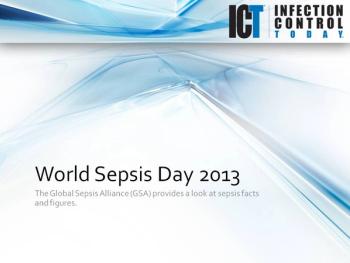
News
Advertisement


Advertisement




Advertisement





Effective Sepsis Treatment Dependent on Innovative Product Design, Cutting-edge Sensitive Technology
Bloodstream infections are an increasingly serious medical problem. Sepsis, in particular, presents a challenge for physicians and hospitals as they work to improve patient outcomes and manage the significant costs associated with medical complications in hospitalized patients.











Infection Control Today invited manufacturers to share their perspectives on the most critical aspects of vascular access-related infection prevention.







Advertisement
Advertisement
